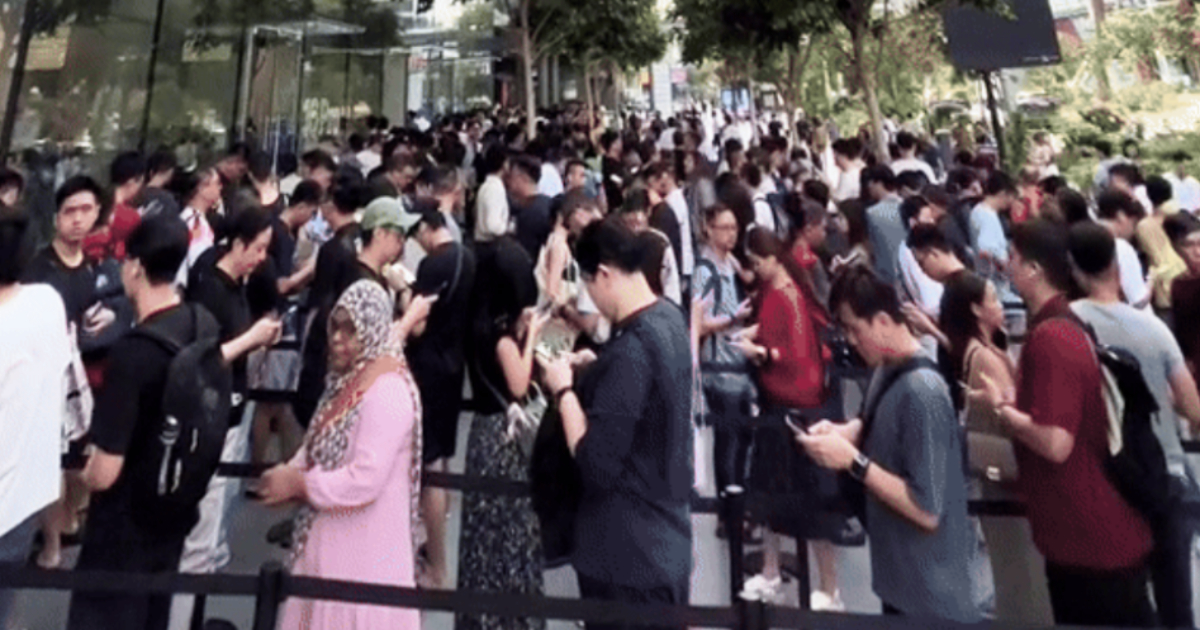
The US Federal Reserve surprised at least a third of the market by cutting interest rates by 50 basis points, and hinting at another 50 bps by December. The Reserve Bank of India has been waiting to see how the Fed acts before deciding its own monetary policy. Now, that the much-awaited interest rate cut in the US has come about, the RBI may also start bringing the repo rate down, just like other central banks in Asia.
However, economists at JPMorgan, a global investment bank, believe that the RBI may not rush into it. “They will want a little bit more conviction that, yes, food inflation, after three years of being sticky, is finally going down. And as the Governor keeps saying, it is not about being at 4% for a month, it's about durably seeing 4% for the next few quarters,” Sajjid Chinoy, Chief India Economist at JPMorgan, told CNBC-TV18.

Here's a look at how RBI has reacted to the interest rate cycles in the US in the last decade: It's evident that the RBI doesn't move lockstep with the American central bank. It would have to take into account a bunch of other factors while deciding its monetary policy. For more details, watch the accompanying video Catch all the latest updates from the stock market here Also Read: US Fed slashes rates by 50 bps — Jerome Powell's top quotes on economic outlook.














